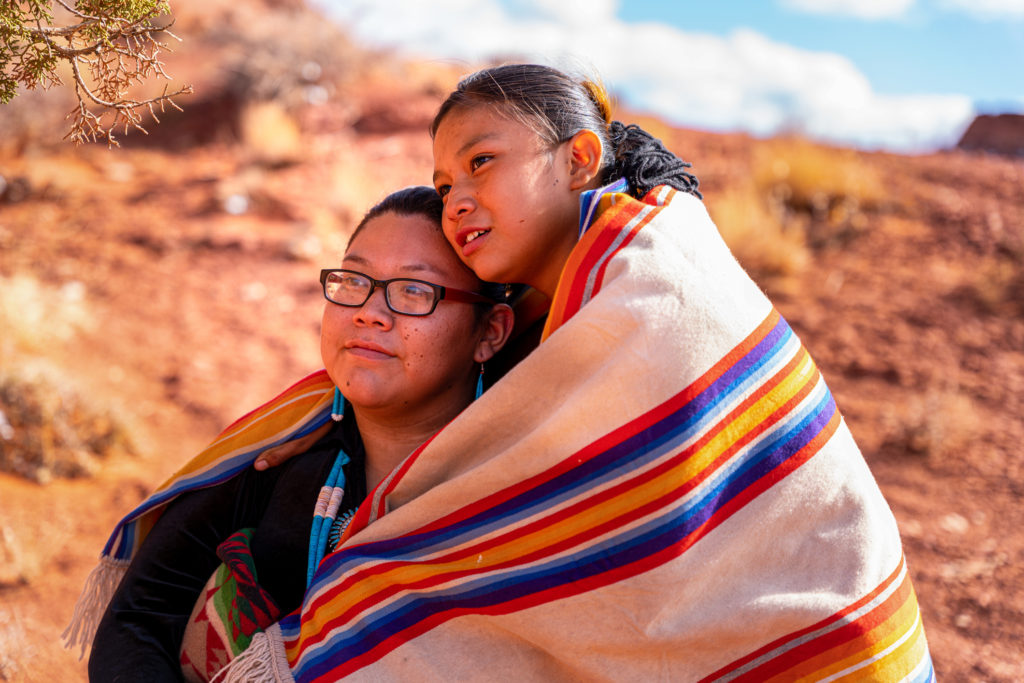Helping Indigenous Clients Achieve Financial Goals


The financial needs of Indigenous peoples in the United States can vary greatly from their non-Indigenous counterparts, and many Indigenous families do not fit the stereotype of the typical American one. It’s important that CPAs and other accounting professionals understand the financial needs of these communities, as well as the financial access barriers they face, in order to better serve them.
The Impact of COVID-19
Data from the Centers for Disease Control & Prevention show that the COVID-19 pandemic has had a disproportionate negative impact on American Indian and Alaska Native (AI/AN) populations. This is due in part to persisting racial inequity and historical trauma, which have contributed to disparities between the health and socioeconomic factors of AI/AN and white populations.
According to an analysis by the Urban Institute, a nonprofit research organization, people living in majority-native communities during 2020 experienced “persistently high rates and levels of delinquent debt.” Nearly 16 percent of people in majority-native communities relied on high-cost lenders (such as payday or pawnshop loans) to meet their needs in 2020, compared to only about four percent of majority-white communities and six percent of communities of color, the Urban Institute said. Native communities also experience high delinquency and subprime credit rates.
Do Native Americans Pay Taxes?
While federally recognized Native American tribes are generally not subject to federal income tax, Native American individuals generally are subject to federal income and employment taxes and the tax provisions of the Internal Revenue Code (IRC), like all U.S. citizens, even if they live on reservations. It’s also important to note that, contrary to popular belief, AI/AN peoples generally do not receive payments from the federal government simply for being Native American.
Tribal citizens living on a reservation (non-taxable trust lands) fall under tribal jurisdiction and do not pay local or state property or income taxes. However, native individuals and tribes do pay state and local property taxes “within reservation boundaries if the land is not held in trust by the federal government,” according to the Poynter Institute, a nonprofit journalism school and research institution.
According to the Native American Rights Fund (NARF), “[f]unds distributed to a person of Indian descent may represent mineral lease income on property that is held in trust by the United States or compensation for lands taken in connection with governmental projects.” Some tribes receive benefits from the federal government due to treaty obligations or for the extraction of natural resources, “a percentage of which may be distributed as per capita among the tribe’s membership,” according to the NARF.
In general, AI/AN peoples pay the same taxes as other citizens. The U.S. Bureau of Indian Affairs notes the following exceptions:
- Federal income taxes are not levied on income from trust lands held for them by the U.S.
- State income taxes are not paid on income earned on a federal reservation
- State sales taxes are not paid by Native American individuals on transactions made on a federal reservation
- Local property taxes are not paid on reservation or trust land
Helping AI/AN Clients with Taxes
If you have a client who identifies as American Indian or Alaskan Native, you should familiarize yourself with the following tax credits to ensure you can offer them the most thorough guidance on their taxes.
Earned Income Tax Credit
The Earned Income Tax Credit (EITC) helps low- to moderate-income workers and families get a tax break. An analysis earlier this year by the Center on Budget and Policy Priorities (CBPP) showed that hundreds of thousands of AI/AN individuals would benefit from raising the maximum EITC for childless working adults, who are often taxed deeper into poverty.
“Ultimately, the proposal would benefit roughly 485,000 American Indians and Alaska Natives nationwide, including about 61,300 in California, 41,400 in Oklahoma, and 31,800 in Arizona,” notes the CBPP, a nonpartisan research and policy institute.
The IRS urges Native American taxpayers to check if they qualify for the EITC, since many workers in tribal communities often overlook this credit. To qualify for the credit, taxpayers must meet basic rules and must have income from a job, be self-employed or run their own business. This includes home-based businesses and work in the service industry, construction and farming.
Advanced Child Tax Credit
In March, President Joe Biden signed into law a bill that fundamentally restructures the child tax credit for one year under the American Rescue Plan Act. The new policy increases the maximum age for an eligible child from 16 to 17 and increases the maximum amount of credit per child, with larger increases for younger children. The credit will be delivered periodically, rather than as a lump sum.
According to researchers at Columbia University’s Center on Poverty and Social Policy (CPSP), the payments are projected to dramatically decrease child poverty across all racial groups, but with especially large reductions for Black, Hispanic and Native American children. The child poverty rate among Native Americans is expected to drop from 17 percent to six percent due to increased child allowances under the provision, according to the CPSP.
Keep in mind that this guidance applies to AI/AN individuals and does not cover taxation at the tribal level, which requires additional guidance from the IRS and follows additional federal guidelines.

